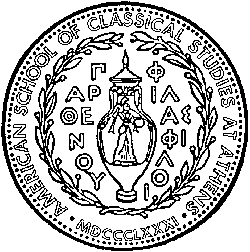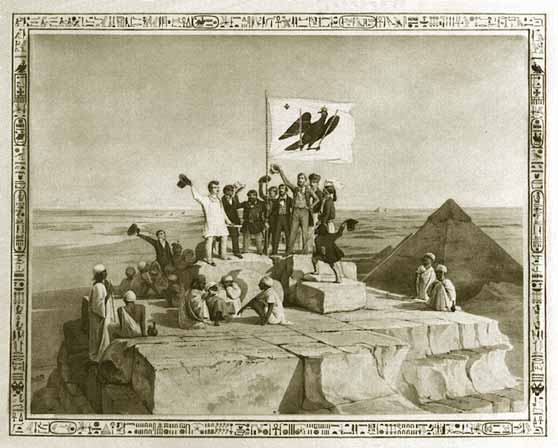Numismatische Bilddatenbank Eichstätt

Die Numismatische Bilddatenbank Eichstätt (NBE) stellt eine breite Auswahl antiker Münzen in hochauflösenden Digitalphotographien zur Verfügung.
Die Kooperation einiger wichtiger Auktionshäuser (s.
unten) ermöglicht den Aufbau einer virtuellen Sammlung auch
wertvollster Münzen, die in dieser Auswahl in keiner realen
Universitätssammlung und wohl auch nur in sehr wenigen Museen und
Münzkabinetten zu Studienzwecken zur Verfügung stehen. Die NBE-Münzen
sind bequem über mehrere Register recherchierbar. Für die
Typenbeschreibung wurden die jeweiligen Standardcorpora benutzt.
Hinsichtlich Umfang, Auswahl der Stücke und
Bildqualität ist die frei zugängliche Numismatische Bilddatenbank
Eichstätt derzeit einzigartig und stellt eine wichtige Ressource für
Forschung und Lehre dar:
Den
Ausgangspunkt für die Numismatische Bilddatenbank Eichstätt bildete die
Münzsammlung am Lehrstuhl für Alte Geschichte der Katholischen
Universität Eichstätt-Ingolstadt. Diese Münzen werden ergänzt durch die
Sammlung des Seminars für Klassische Philologie der Universität Erlangen
sowie die Sammlung des Seminars für Klassische Archäologie der
Universität Regensburg. Prof. Dr. Severin Koster danke ich für die
Erlaubnis, die Erlanger Münzen in die Bilddatenbank aufzunehmen. Prof.
Dr. Burkhardt Wesenberg und Prof. Dieter Salzmann ermöglichten die
Erfassung der Regensburger Sammlung und die Benutzung des
unveröffentlichten Kataloges.
Die historisch bedeutendsten Münzen der NBE stammen
nicht aus Universitätssammlungen. Die Auktionshäuser Gorny & Mosch
(München), Leu Numismatics (Zürich), Münzen & Medaillen (Basel),
Numismatica Ars Classica (Zürich/London) sowie Numismatik Lanz (München)
haben die Erlaubnis gegeben, Münzen aus ihren Beständen in die
Numismatische Bilddatenbank Eichstätt aufzunehmen.
Das Copyright für alle Photos liegt beim Lehrstuhl
für Alte Geschichte an der Katholischen Universität
Eichstätt-Ingolstadt; die Bilder - im JPEG-Format - stehen
interessierten Benutzern für nichtkommerzielle Zwecke (z. B. als
Materialien für Lehrveranstaltungen oder wissenschaftliche
Veröffentlichungen in Zeitschriften) zur freien Verfügung, soweit die
Herkunft der Bilder aus der NBE ausgewiesen wird.
Anregungen, Fragen und Kritik sind bitte zu richten an Jürgen Malitz.
![[Electronic Antiquity]](http://scholar.lib.vt.edu/ejournals/ElAnt/images/ea-logo.gif)















 Stumble It!
Stumble It!
